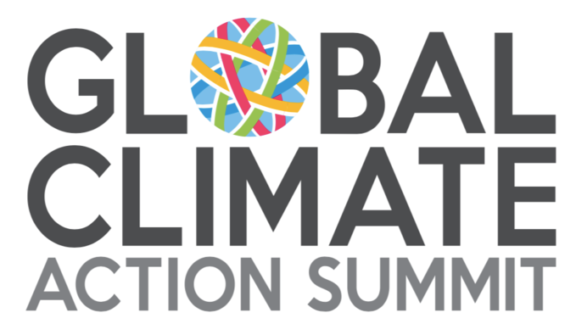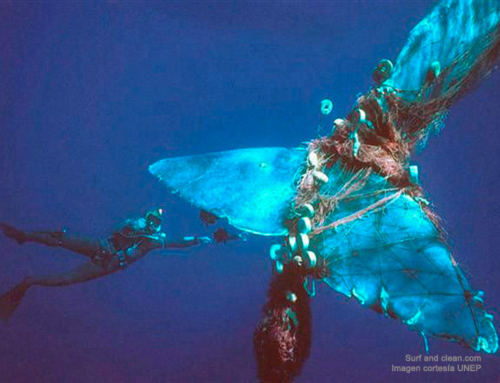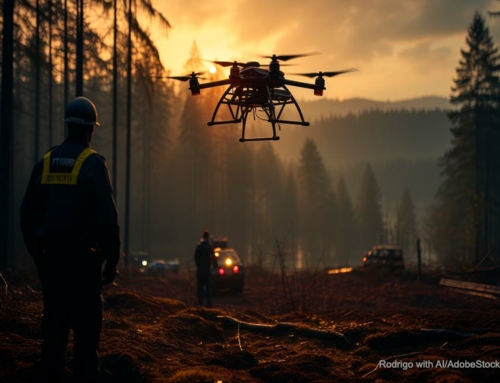The GCAS2018 was staged in San Francisco, California, between September 12 and 14. In a way, it was the prelude to the COP24, Katowice, Poland, December 3 to 14.
The Summit was planned based on five key platforms: healthy energy systems, inclusive economic growth, sustainable communities, land and ocean management and transformative climate investments.
We have listened to many of the live broadcasts, with the interventions of some leaders who were present, who are observing the environmental problems with great concern and seriousness. Pragmatic actions and punctual commitments were announced, some of immediate execution, to curb global warming and meet the main goal of the Paris Agreement.
For ten years I have been writing about climate conferences and in all this time I have learned not to express too much optimism about their results. Experience has taught me that this fight against climate change is a paved road full of comings and goings. There have been few opportunities in which the hopes of a year have been dashed the following year. The clearest example of this was the COP15, Copenhagen, 2009, in which it was believed that the Kyoto Protocol would be approved, but it was not, whose failure is widely known history.
But this time I felt something different. At the Global Climate Action Summit another atmosphere was breathed. The conference sought the participation of all those international actors, representatives of the sectors and regions, responsible for the scope of the climatic actions that lead to fulfill the central objective of the Paris Agreement, limit the increase of the global average temperature below 2 degrees centigrade from its pre-industrial level.
The Summit was co-chaired by Jerry Brown, governor of California; Patricia Espinosa, executive secretary of the COP; Anand Mahindra, president of the Mahindra Group, an important Indian business conglomerate; Michael Bloomberg, special envoy of the UN Secretary General; Xie Zhenhua, special representative for China’s climate change issues. It was attended by the presidents of the Sandwich and Marshal Islands.
Note the participation of Jayathma Wickramanayake, the special envoy of the UN Secretary General for youth, “in a symbolic gesture that illustrates that future generations will be the most affected by the decisions made by the current generation, with the aim of building a better and more resilient world. ”
The conference was organized by a coalition of countries, cities and entities, promoted by Jerry Brown, and had the participation of 4000 attendees. Leaders from various sectors of society met at the event to demonstrate that they are pushing the ambition “to a higher level,” with an amount of new climate action announcements, promising that, if implemented, they would generate more than 65 million new “Green jobs” for the year 2030.
The meeting was characterized by an impressive energy of the participants. They did not appeal too much to the usual rhetoric, but rather to pragmatic proposals and concrete measures, some of them put in place days before and others that will be implemented in a near future. Governor Brown announced last week that California will ban the circulation of cars with internal combustion engines starting in 2045.
One of the most outstanding aspects was the participation of the Americans in the Summit, opposed to the departure from their country of the Paris Agreement, announced by President Donald Trump last year. In this way, and through the proclamation “We Are Still In”, a spirit claimed by more than 3,500 leaders from all over the country who represent 169 million people, will continue the path of Paris, the energy transition towards a carbon-free world, contravening the decision of the White House. These leaders are made up of 10 states, about 2000 large entrepreneurs and investors, 280 cities and counties, 340 universities, 40 cultural institutions, 25 health centers, 30 religious groups and 9 tribes.
On the other hand, nearly 500 companies and some 40 countries have chosen different routes for the reduction of emissions as agreed in the Paris Agreement, a figure that represents an increase of about 40% compared to last year. Some clothes manufacturers have set a goal of reducing 90% in emissions at their facilities and 40% in their supply chain by 2025.
Nearly 400 investment funds, which manage about 32 trillion dollars in assets, committed to accelerating the flow of money towards climate action, framed in the strategy of building an economy based on sustainable development.
Another good news is that 12 regions, including Catalonia, Lombardy, Scotland and the state of Washington, with more than 80 million inhabitants, committed to the goal of 100% zero emission public vehicles by 2030. The same measure has taken 23 large international companies, while 26 cities with 140 million inhabitants will purchase only zero emission buses from 2025.
Nine important philanthropic foundations pledged to donate nearly 400 million euros over the next five years to protect tropical forests.
34 governors from around the world signed an agreement with the indigenous communities that inhabit their territories to safeguard their forests and actively collaborate in their protection.
A new partnership linking more than 100 NGOs, businesses, state and local governments, indigenous groups and local communities will initiate an agenda of forest, food and land protection. More than 100 supply companies committed to work with various organizations to stop deforestation in the Cerrado, Brazil.
In her closing speech to the summit, Patricia Espinosa highlighted “the need for all actors to be involved in an” inclusive multilateralism “, a reflection of the message of the UN Secretary General, on Monday, October 10 in New York City, where He called on world leaders to act urgently and respond to climate change.
The actions in these areas will be compiled in the final communiqué of the Summit and registered in the UN Climate Action Site, which will send an important signal to governments to intensify the action towards 2020, when global emissions they must reach their maximum point and thereafter begin to decrease.
Sandor Alejandro Gerendas-Kiss







Leave A Comment